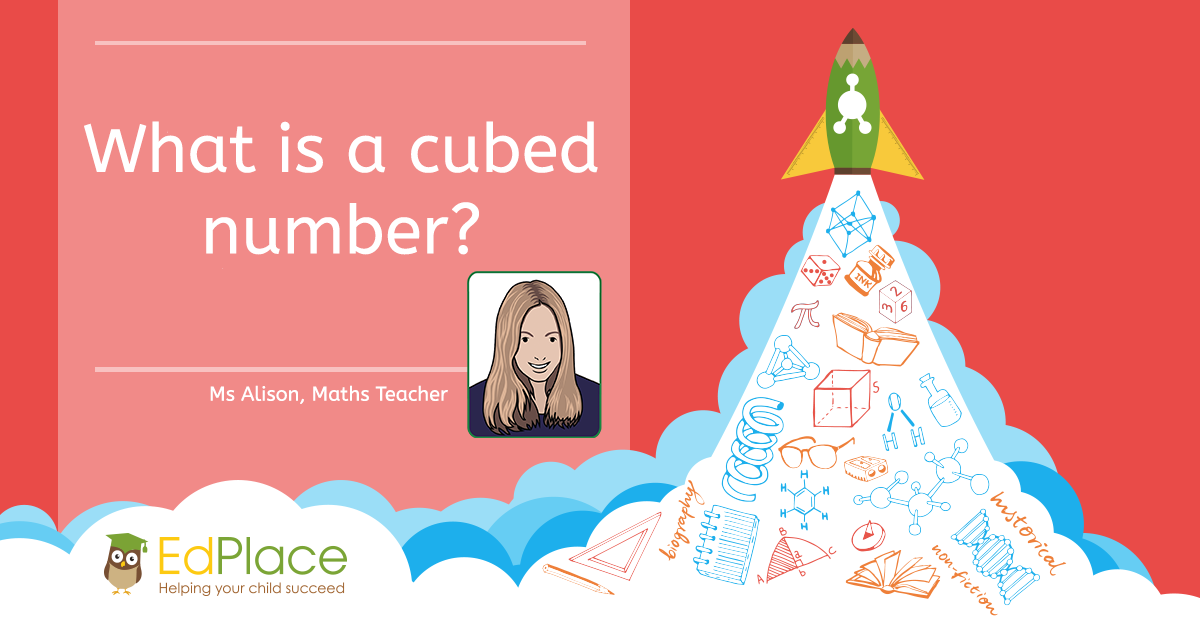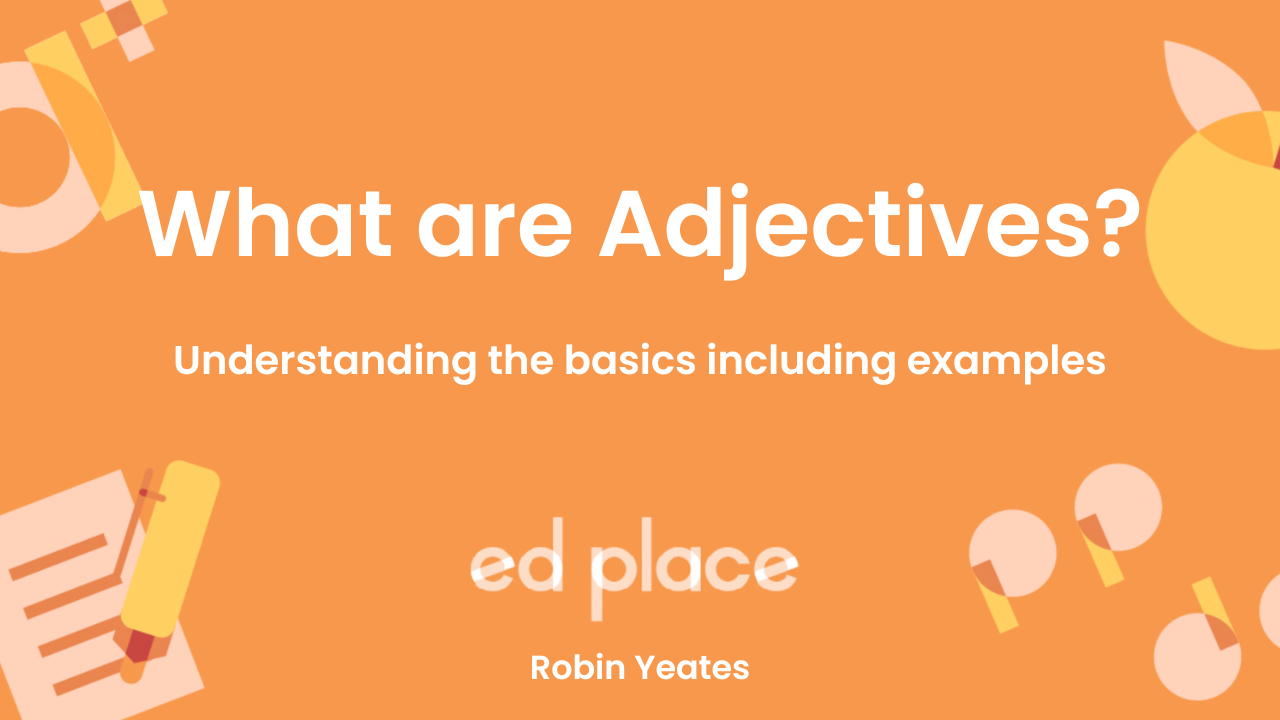What is a cubed number?
When you multiply a whole number (not a fraction) by itself, and then by itself again the result is a cube number. For example 3 x 3 x 3 = 27.
An easy way to write 3 cubed is 33. This means three multiplied by itself three times.
The easiest way to do this calculation is to do the first multiplication (3x3) and then to multiply your answer by the same number you started with; 3 x 3 x 3 = 9 x 3 = 27.








.png)
.png)
.png)




